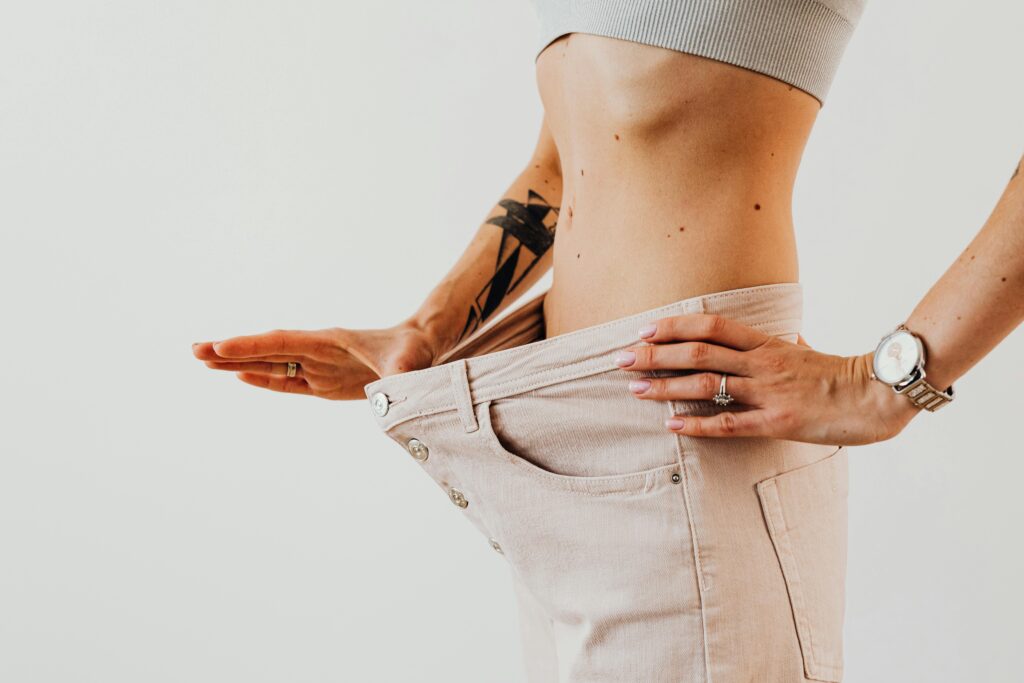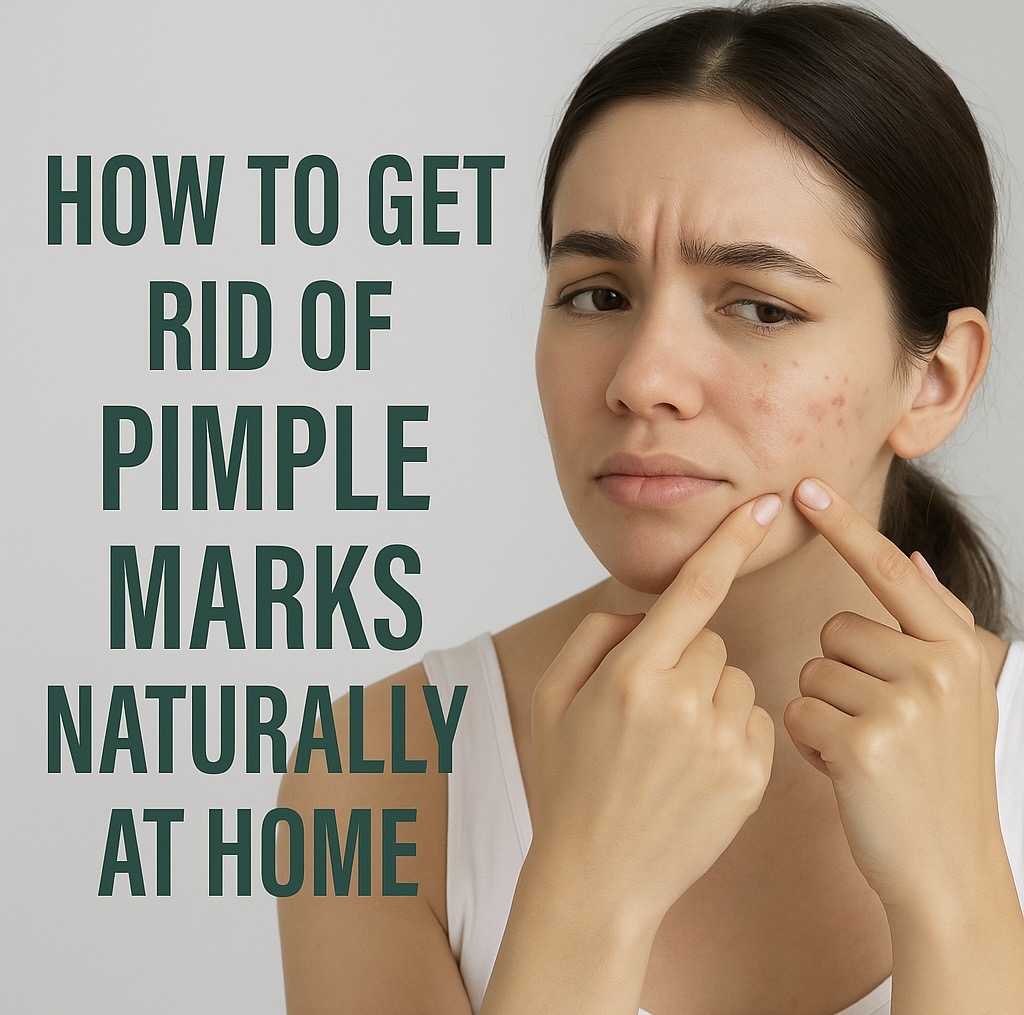
How to remove pimple marks naturally at home?
Acne may fade, but the pimple marks often linger, leaving behind dark spots, scars, or uneven skin tone. If you’re looking for natural ways to remove pimple marks at home, you’re in the right place. Most people think that if they have pimples, will anyone even want to look at them? They start developing an inferiority complex, which affects their mind and confidence.
These home remedies are safe, affordable, and backed by either science or centuries of traditional use.
Before jumping to treatments, it’s important to understand what you’re dealing with
What Are Pimple Marks?
Pimple marks and dark spots often go hand in hand. After a breakout heals, it’s pretty common to be left with those stubborn dark spots what doctors call post inflammatory hyperpigmentation, or PIH for short.
So, what exactly are these dark spots? They’re basically patches where your skin has produced more melanin than usual. Melanin is the pigment that gives color to your skin, hair, and eyes. Sometimes, certain cells in your skin (called melanocytes) secrete melanin in large amount usually in response to things like inflammation or sun exposure and they begin to pump out extra melanin.
The most common trigger? Sunlight. When your skin’s exposed to UV rays, it tries to protect itself by creating more pigment. Over time, this can lead to uneven skin tone, sun spots, or those little age spots that often show up on the face, hands, or shoulders.
Other causes of dark spots include:
- Acne or skin injuries (post-inflammatory hyperpigmentation)
- Hormonal changes (such as melasma)
- Certain medications
- Irritation from skincare products
To prevent and reduce dark spots, protecting your skin from UV rays with a broad-spectrum sunscreen is essential, along with gentle skincare practices and targeted treatments.
NOTE:Natural remedies work best on fresh marks and discolouration, not deep scars. For severe scarring.Consult a dermatologist.
Table of Contents
10 Natural Remedies to Remove Pimple Marks at Home
1. Aloe Vera Gel

Why it works: Aloe vera has aloin, a compound known for skin lightening and anti-inflammatory effects.
How to use:
- Extract fresh aloe gel from a leaf.
- Apply to affected areas twice a day.
- Leave on for 30 minutes or overnight.
2. Lemon Juice
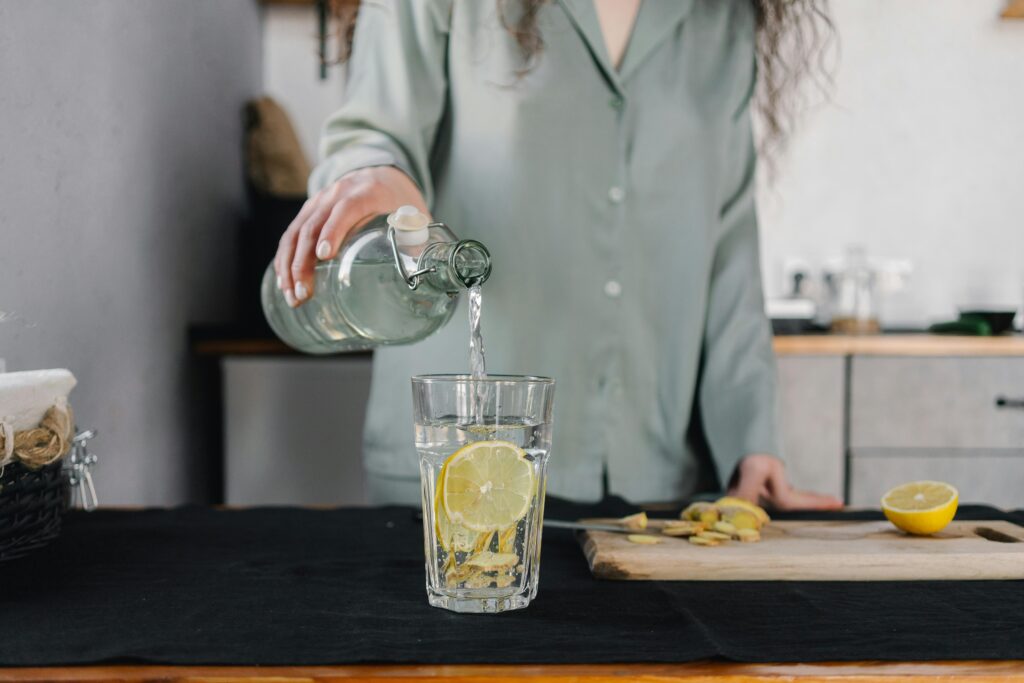
Why it works: Lemon juice contains citric acid and vitamin C, which can help lighten dark spots.
How to use:
- Mix equal parts lemon juice and water.
- Apply with a cotton ball and leave for 10 minutes.
- Rinse with lukewarm water.
Caution: Do a patch test. Use sunscreen afterward, as lemon can make skin sun-sensitive.
3. Honey
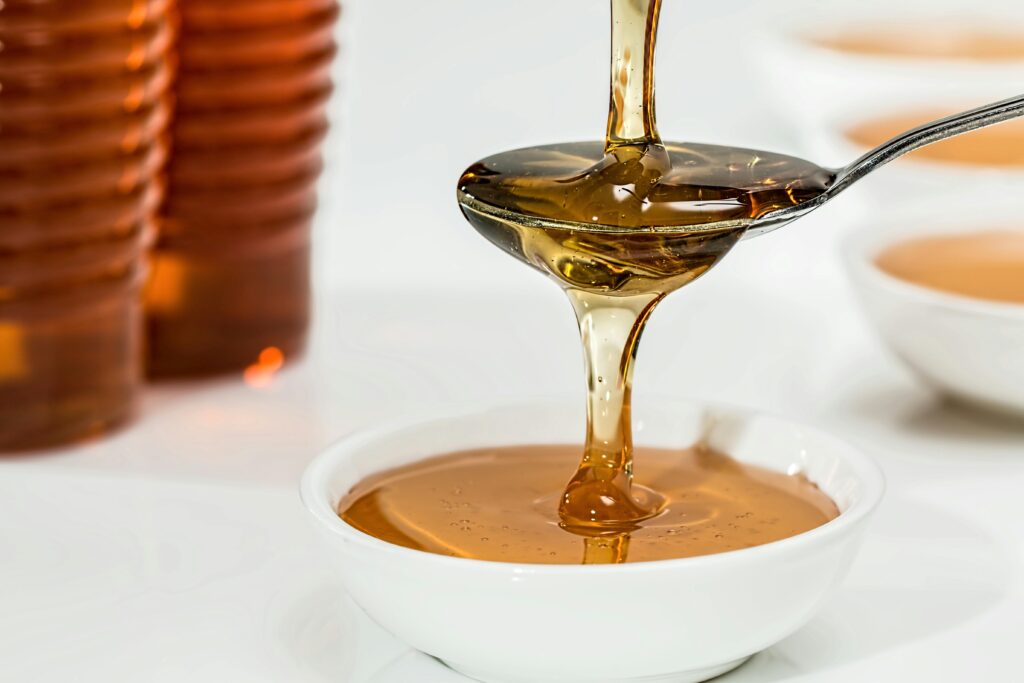
Why it works: Honey is a natural humectant and has antibacterial and healing properties.
How to use:
- Dab raw honey directly on the marks.
- Leave for 20–30 minutes and rinse with warm water.
Best for: Reducing red or inflamed marks.
4. Turmeric Paste
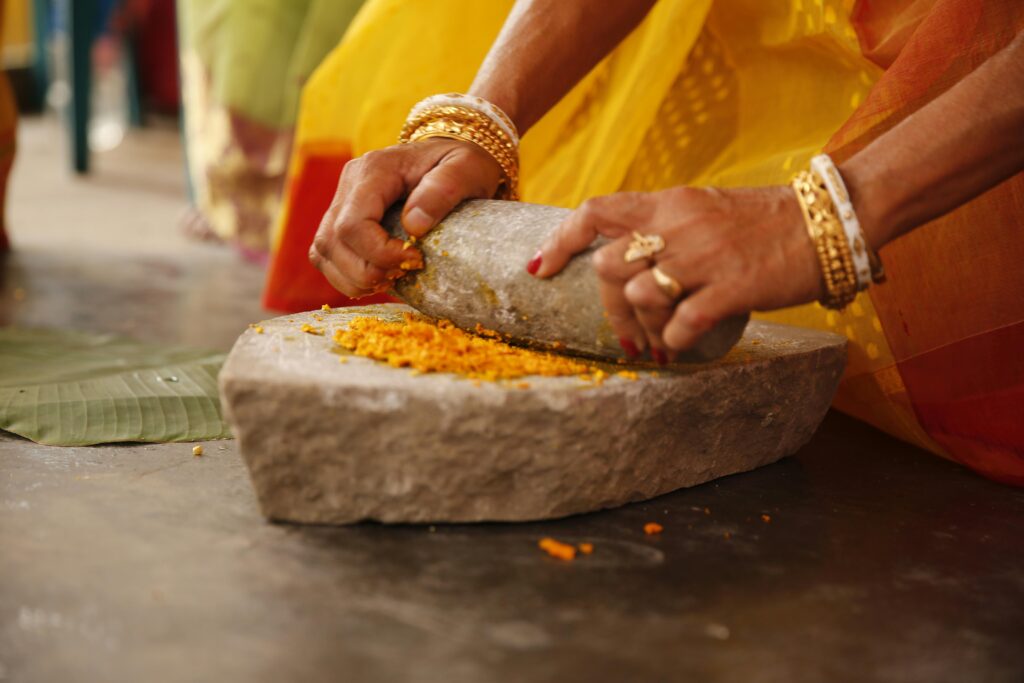
Why it works: Turmeric has curcumin, a powerful anti-inflammatory and brightening agent.
How to use:
- Mix 1 tsp turmeric with yogurt or honey to form a paste.
- Apply on marks and leave for 15 minutes.
- Rinse thoroughly (it may leave a temporary yellow tint).
5. Apple Cider Vinegar
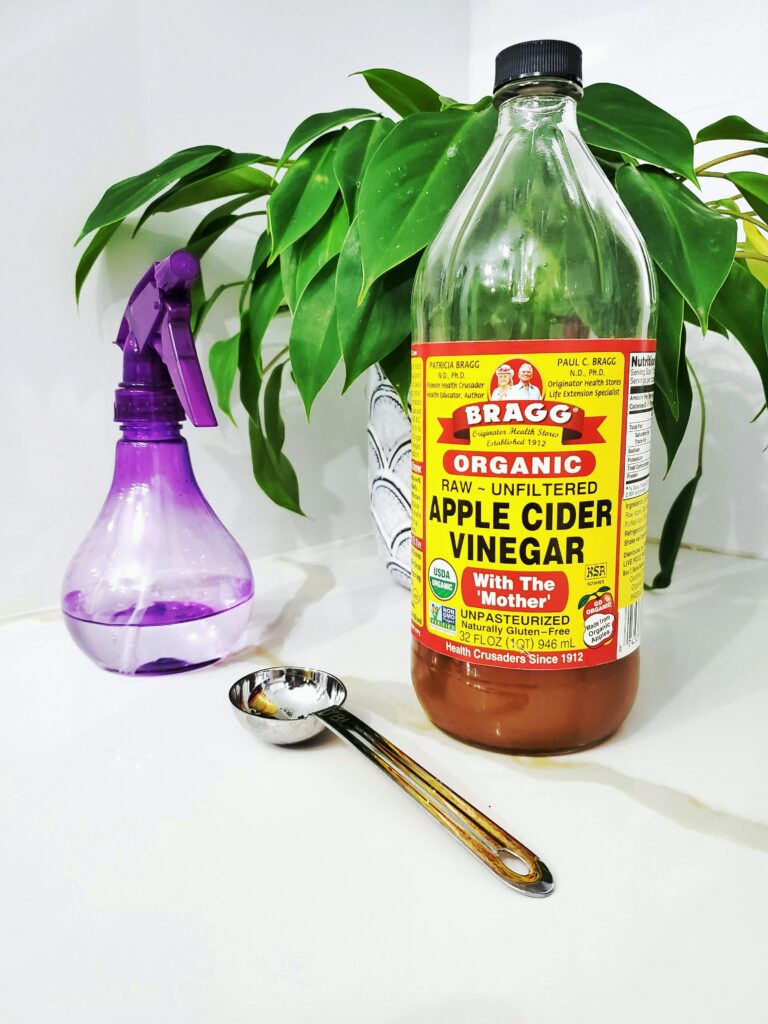
Why it works: Apple Cider Vinegar has acetic acid, which gently exfoliates and promotes skin regeneration.
How to use:
- Dilute 1 part ACV with 3 parts water.
- Apply with a cotton ball, leave for 5–10 minutes, rinse.
Tip: Never use undiluted ACV; it can burn sensitive skin.
6. Tomato Pulp

Why it works: Rich in antioxidants like lycopene, tomatoes can reduce pigmentation and refresh the skin.
How to use:
- Crush half a tomato and apply the pulp to your face.
- Leave for 20 minutes before rinsing.
7. Cucumber Slices or Juice
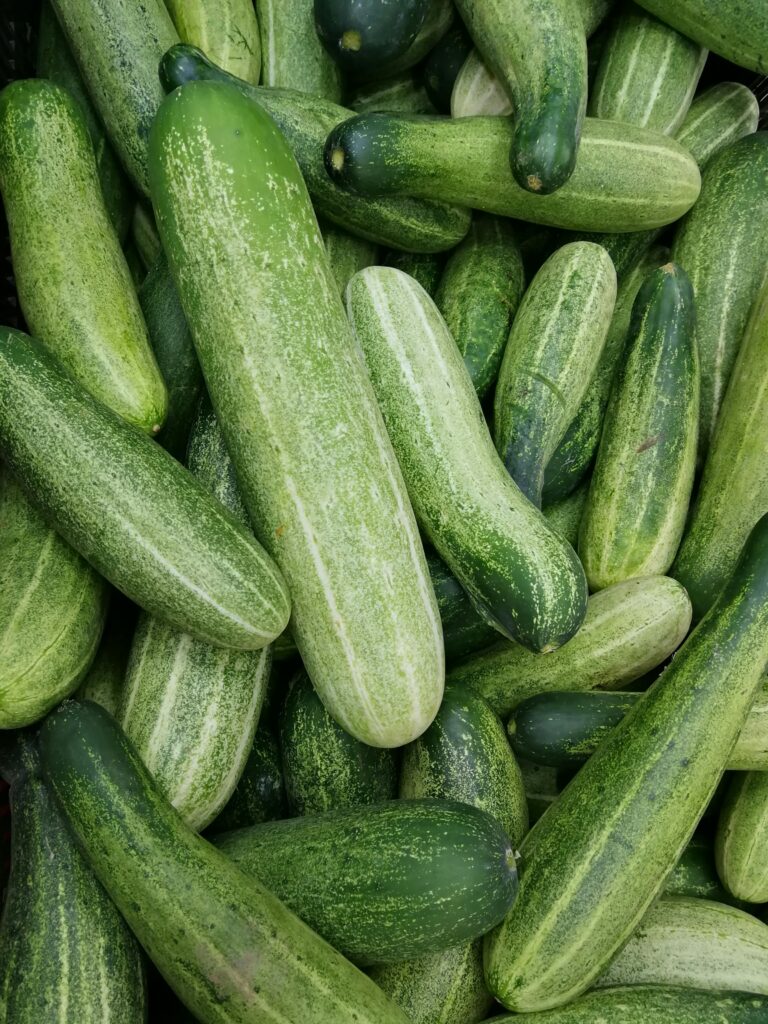
Why it works: Cucumbers hydrate, soothe, and reduce puffiness. They’re also great for fading pigmentation over time.
How to use:
- Place slices on affected areas or apply cucumber juice.
- Leave for 15–20 minutes and rinse.
8.Sandalwood Powder
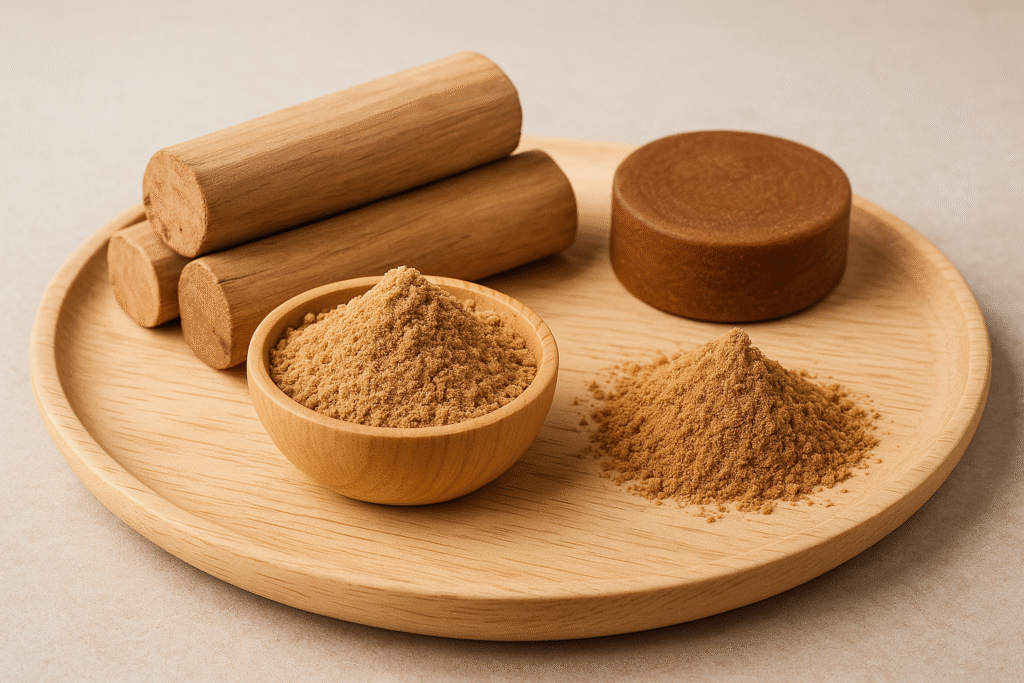
Why it works: Sandalwood cools and evens out skin tone. Traditionally used in Ayurveda for acne scars.
How to use:
- Mix sandalwood powder with rose water or milk.
- Apply as a face mask 2–3 times a week.
Calms inflamed skin and gives a natural glow.
9. Papaya
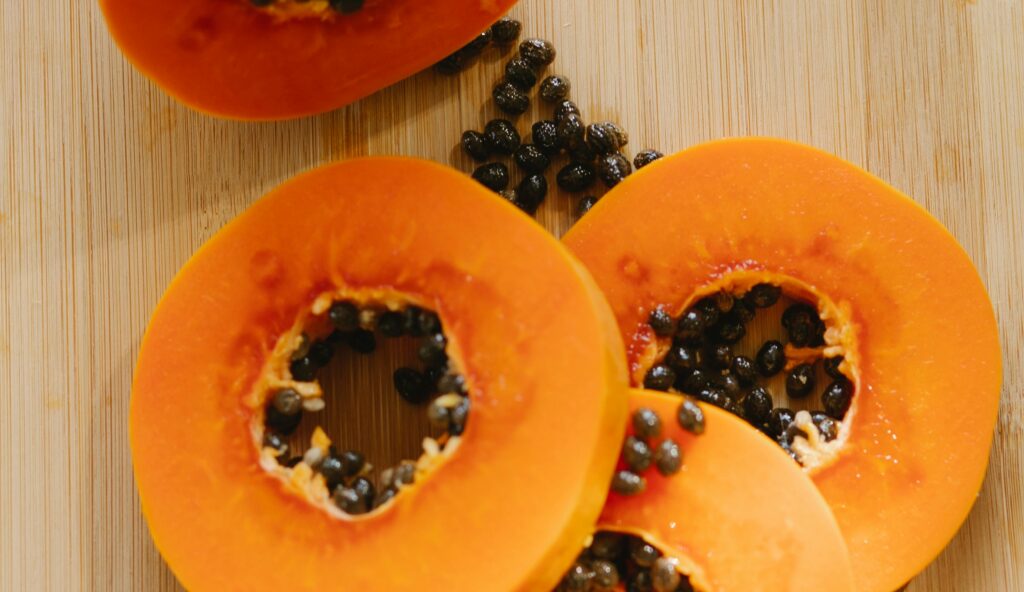
Why it works: Rich in enzymes like papain that exfoliate dead skin and encourage cell turnover.
How to use: Mash ripe papaya and apply for 15 minutes, then rinse.
10.Green Tea Extract
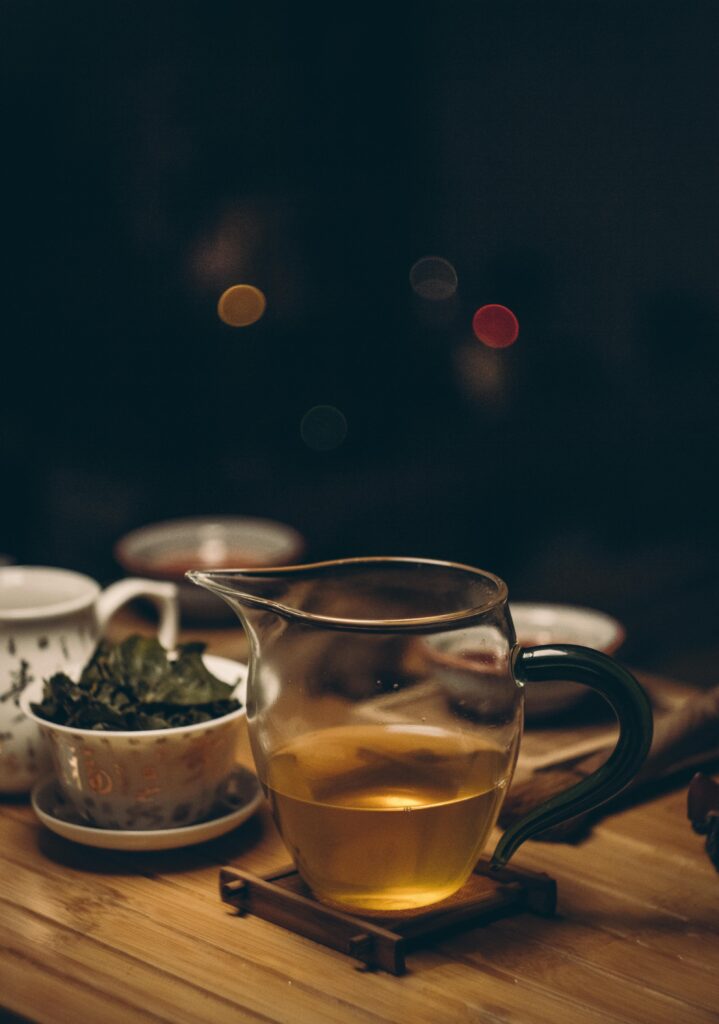
Why it works: Green tea is loaded with antioxidants that soothe inflammation and fade dark spots.
How to use:
- Brew green tea, let it cool.
- Apply with a cotton ball or use green tea bags directly on the skin.
Supporting Habits for Clear Skin
- Hydrate well – Water flushes out toxins.
- Eat skin-friendly foods – Include leafy greens, berries, nuts, and omega-3s.
- Avoid touching your face – Prevents bacterial spread.
- Use sunscreen – Prevents darkening of marks.
- Be consistent – Natural remedies take time, so don’t expect overnight results.
Disclaimer:This post is for informational purposes only and is not intended to replace medical advice, diagnosis, or treatment.
FAQs: Natural Remedies for Pimple Marks
1. How long does it take for natural remedies to fade pimple marks?
It varies depending on your skin type, consistency of use, and severity of marks. Most people see noticeable results within 2–6 weeks of regular application.
2. Can I use more than one remedy at a time?
Yes, but not all at once. It’s best to alternate remedies (e.g., aloe vera in the morning, turmeric at night) to avoid irritation and see which one works best for your skin.
3. Are these remedies suitable for all skin types?
Most are gentle and suitable for all skin types. However, people with sensitive skin should do a patch test before using lemon juice, apple cider vinegar, or turmeric, as they can cause irritation.
4. Will these remedies work on old pimple marks or just fresh ones?
Natural remedies can help lighten both old and new marks, though older scars may take longer to fade. Consistency is key.
5. Can I use these treatments daily?
Many can be used daily, like aloe vera, cucumber, or honey. Stronger treatments like lemon juice, ACV, or turmeric should be limited to 2–3 times a week to prevent irritation.
6. Is it safe to leave these remedies overnight?
Yes, but only with gentler ingredients like aloe vera or honey. Avoid leaving lemon juice, turmeric, or ACV on overnight as they may irritate your skin.
7. Do I need to moisturize after using these remedies?
Yes. Many treatments (like lemon or vinegar) can be drying. Follow up with a gentle, non-comedogenic moisturizer to keep skin hydrated.
8. Should I still use sunscreen while doing these treatments?
Absolutely. Some ingredients, especially lemon juice, make your skin more sensitive to the sun. Always apply SPF during the day to prevent further pigmentation.
9. Can men use these remedies too?
Yes! These remedies are natural and effective for all genders.
10. Are there any side effects?
If not used correctly, some remedies can cause:
- Dryness (lemon juice, ACV)
- Temporary staining (turmeric)
- Burning or redness (if not diluted properly)
Always do a patch test and dilute potent ingredients.
Also read:The Shocking Truth About Sugar:what does sugar do to your Body
Hi, I’m Swaraj Das a registered pharmacist by profession and a passionate blogger at heart. I love writing about wellness, spirituality, uplifting lifestyle tips, practical life lessons, and inspiring stories. Through my words, I aim to bring clarity, motivation, and well being to everyday life.


